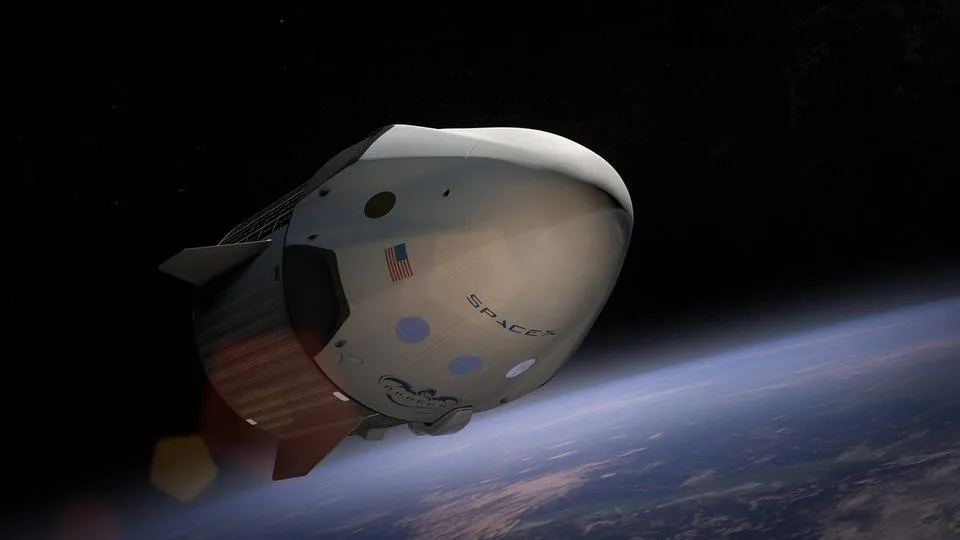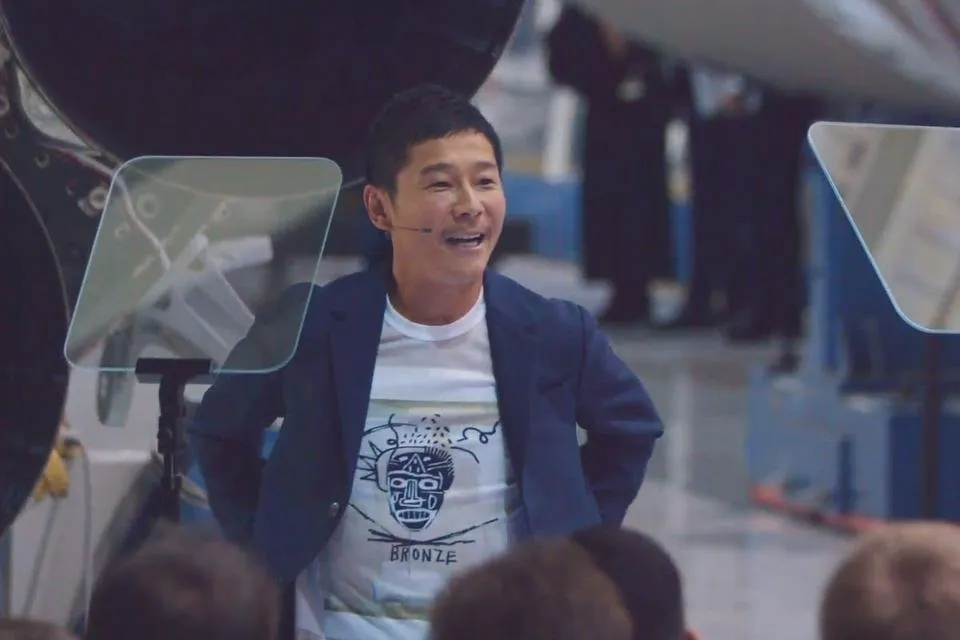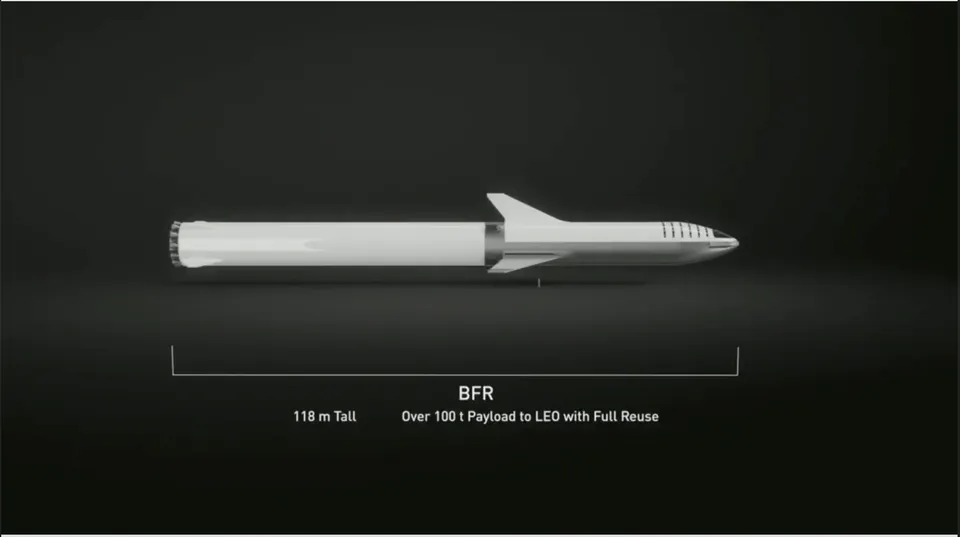
It is an exciting time to be alive where the world is changing so rapidly thanks to technological innovation and scientific progress that now, anything seems to be within our reach.
There are so many cutting edge developments going on in almost every area of human endeavour that I think the coming decades are going to be unbelievably movie-like and we would be able to do things that we can't even imagine today.
Let's take space exploration as an example. Today, we are able to travel around the world thanks to advancements in aviation and in the future, we might be able to do so with other heavenly bodies such as the moon, Mars and beyond.
Government agencies like NASA have come really far to ensure that future but perhaps private companies such as SpaceX are now taking on that mantle to ensure that future arrives even faster. SpaceX's updates proves as much.
SpaceX's First Passenger To The Moon

Image Credits: The Verge
Elon Musk has been very clear that SpaceX's goal is to make humans a spacefaring civilisation and to expand our presence into the widespread reaches of space. This includes setting up self sustaining colonies in Mars and elsewhere.
It also includes affordable space tourism. Of course, initially, only multi-millionaires and billionaires will be able to enjoy that exquisite experience of space travel but in the coming decades, the common person could very well get to experience it as well.
For now, SpaceX is sending it's first private passenger to the moon and back. His name is Yusaku Maezawa. He is from Japan and is the billionaire founder of Zozotown, Japan's largest online clothing retailer.
SpaceX plans to send him to the Moon in 2023, just 5 years from now and Maezawa wants to turn this trip into an art project of sorts as he plans to take along several artists whose seats he has already bought too. This might be the kickstart of the space tourism era for SpaceX and all of human race.
Updated Rocket Designs for BFR

Image Credits: SpaceX
All of SpaceX future missions for space exploration and colonisation will be made possible by BFR (Big Falcon Rocket) that the company had announced just around two years ago and is still in development.
In the last two years, the BFR spacecraft has gone through some significant redesigns and evolutions which is obviously to be expected for something as difficult as making commercial space travel and colonisation possible.
The updated designs reveal that the BFR will now be able to take up to 100 tons of payload to as far as the Mars. There are also now added wings and fins to the design. Especially of note are the two fins near the nose of the ship. The second stage will also now have fins at the base that will double as landing legs.
The new design update also gives the BFR seven large Raptor engines instead of the earlier six (out of which only four were large). The development it seems, is going pretty well and fast. That would be needed of course if they want to meet their goal of sending the first BFR to Mars in 2022 with humans in 2024.